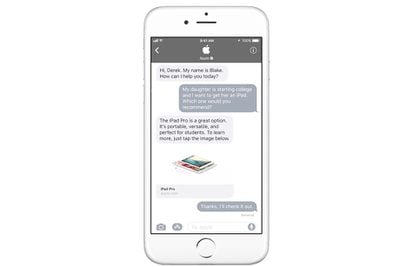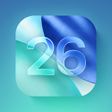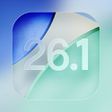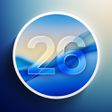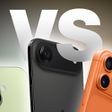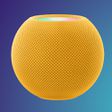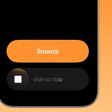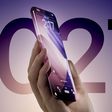Apple today shared a new feature celebrating the 30th anniversary of the Americans with Disabilities Act (ADA), which was signed into law on July 26, 1990. The law prohibits discrimination due to disability, and has led to significant improvements and awareness of accessibility to help disabled individuals navigate their worlds.

Apple has long been a champion of accessibility in its products, including numerous features and technologies as core components of its products, operating systems, and apps. The company's feature piece today shares quotes from an Apple employee, ADA activists, and others about both the overall benefits of the ADA and the part Apple has played in the movement.
Jazz musician Matthew Whitaker, who is blind, shares his thoughts on using VoiceOver on an iPod touch as a child, and has graduated to using Logic Pro X on a MacBook Pro to record his music.
Disability rights lawyer Haben Girma was the first Deafblind student at Harvard Law School, where she focused her studies on the intersection of the ADA and technology and has since helped push forward ADA accommodations in the online world.
Actor and model Tatiana Lee, who is paralyzed from the waist down due to spina bifida, discusses her efforts to support disability representation in Hollywood films and how Apple's technology like Voice to Text and Siri Shortcuts helps her be productive even when her hands are occupied performing other tasks.
And finally, Dean Hudson, an accessibility technology evangelist at Apple, talks about the strides Apple has made since he arrived in 2006, including VoiceOver for iPhone and the more recent Switch Control.



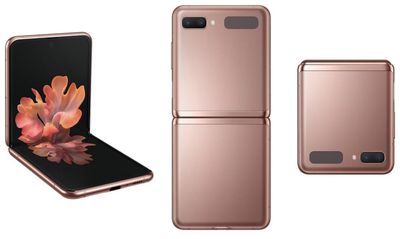
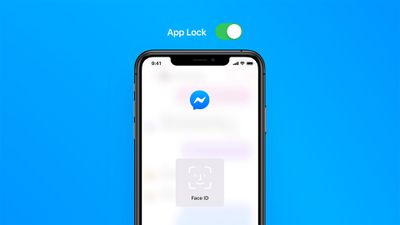
 Note: MacRumors is an affiliate partner with B&H Photo. When you click a link and make a purchase, we may receive a small payment, which helps us keep the site running.
Note: MacRumors is an affiliate partner with B&H Photo. When you click a link and make a purchase, we may receive a small payment, which helps us keep the site running.



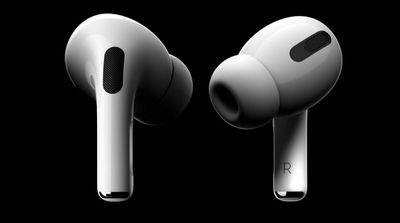
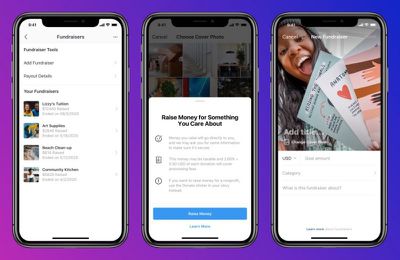
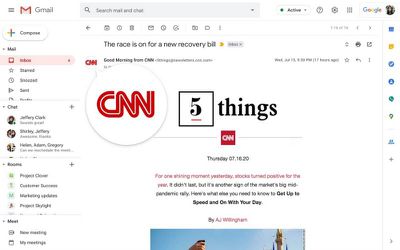
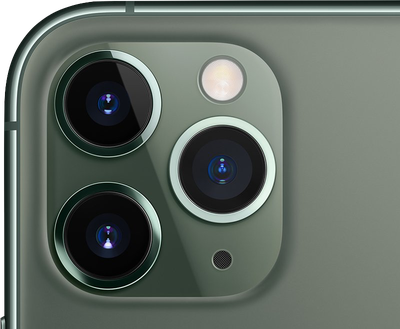
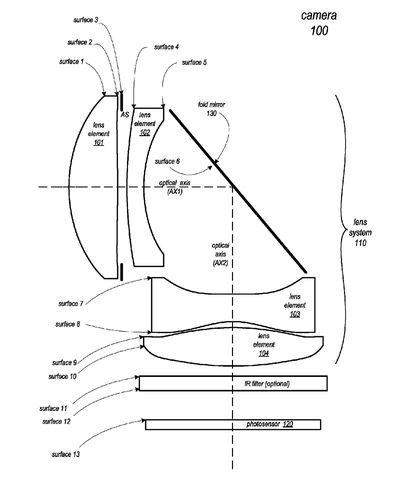
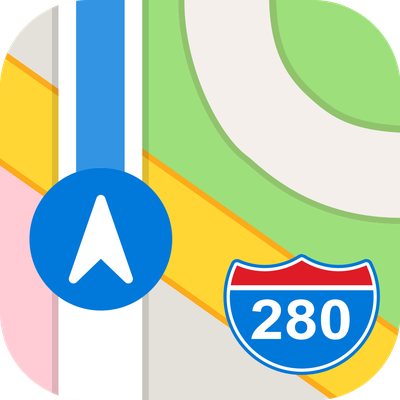 Google Maps has featured detailed cycling directions for almost a decade now, and with the arrival of iOS 14,
Google Maps has featured detailed cycling directions for almost a decade now, and with the arrival of iOS 14, 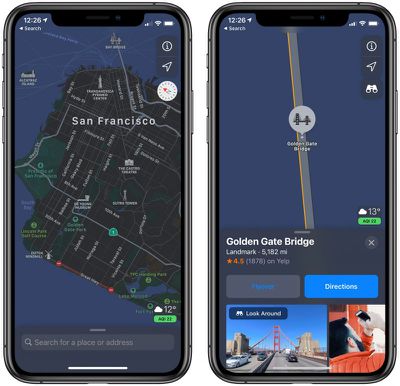
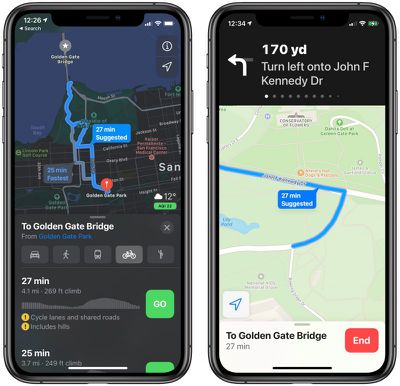
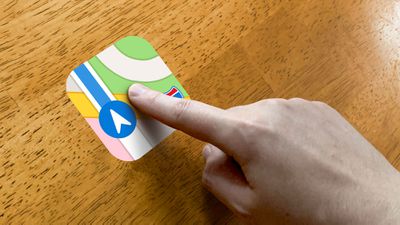

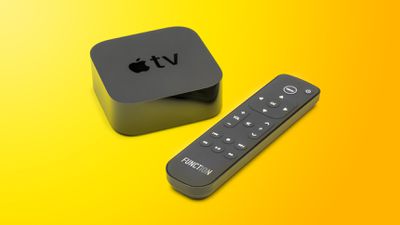
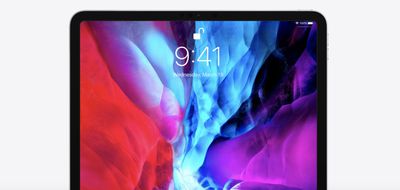 Note: MacRumors is an affiliate partner with these vendors. When you click a link and make a purchase, we may receive a small payment, which helps us keep the site running.
Note: MacRumors is an affiliate partner with these vendors. When you click a link and make a purchase, we may receive a small payment, which helps us keep the site running.